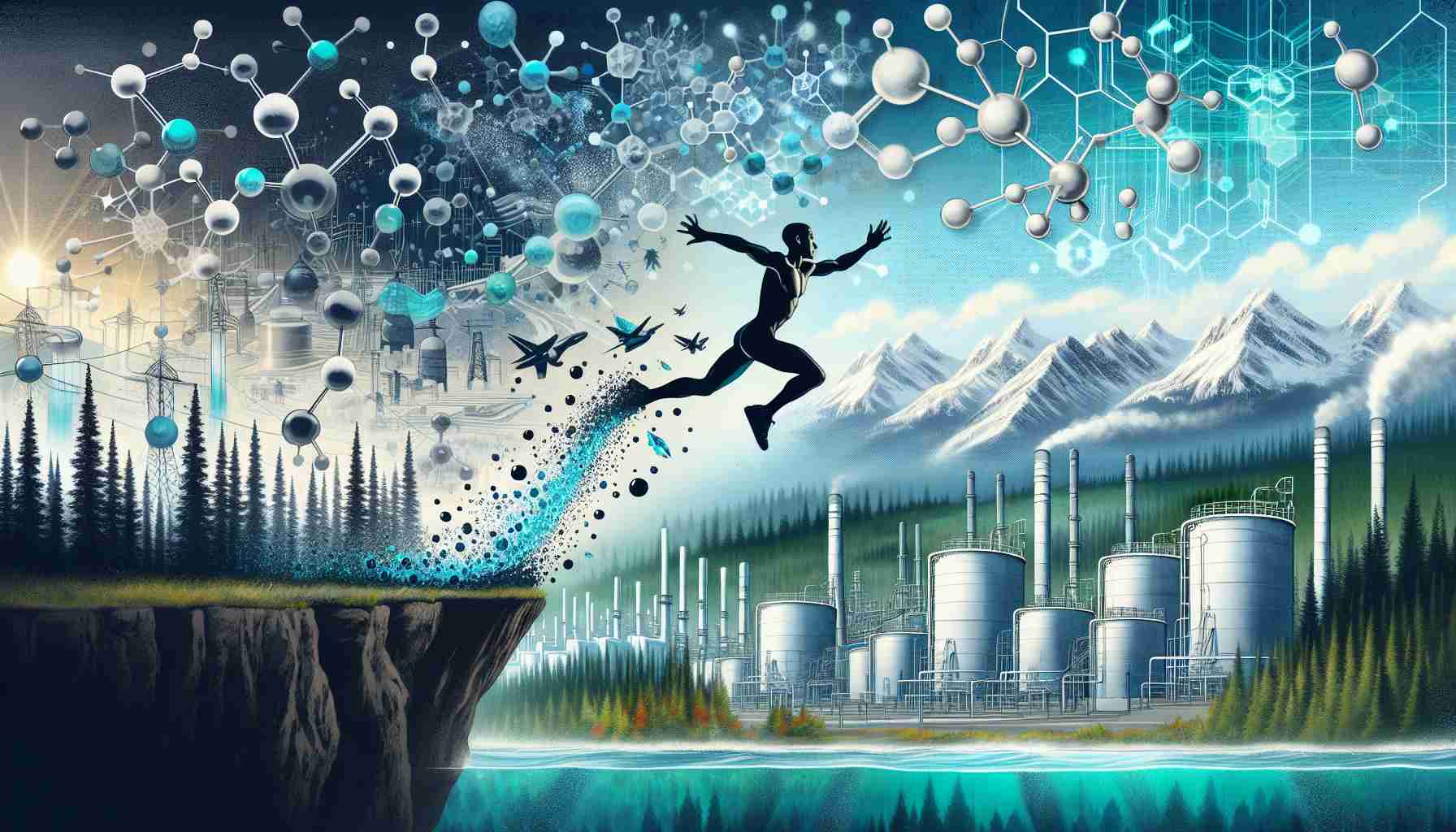- FortisBC is pioneering a methane pyrolysis pilot project to produce turquoise hydrogen, a cleaner energy source.
- The initiative also generates synthetic graphite, contributing to sustainable energy solutions and reducing greenhouse gas emissions.
- Despite Suncor Energy’s withdrawal, FortisBC and Hazer Group continue to develop the project with a focus on non-emission hydrogen production.
- The pilot site’s $11.25 million investment aims to lead to the first commercial-scale turquoise hydrogen plant globally.
- Turquoise hydrogen presents a decarbonization strategy by locking carbon in solid form rather than releasing it into the atmosphere.
- The project has potential applications in various sectors, including steel manufacturing and battery production.
- FortisBC aspires to position British Columbia as a leader in global sustainable energy practices.
FortisBC is blazing a trail toward a greener future with its innovative methane pyrolysis pilot project in Kitchner, British Columbia. This groundbreaking initiative harnesses state-of-the-art technology to churn out turquoise hydrogen—a clean energy powerhouse—while also creating synthetic graphite, a valuable byproduct. The move reflects a serious commitment to slashing greenhouse gas emissions and advancing sustainable energy solutions.
Despite a setback when Suncor Energy withdrew from the partnership in 2023, FortisBC and the Australian Hazer Group pressed on, erecting a cutting-edge testing facility. Here, they’re perfecting the engineering and technical aspects of hydrogen production without releasing carbon dioxide, a transformative approach compared to traditional methods.
Methane pyrolysis splits natural gas into hydrogen and solid carbon—synthetic graphite—escaping the carbon emissions trap. With an initial investment of $11.25 million, this pilot site is a key player in developing a commercial-scale turquoise hydrogen plant, poised to be the first of its kind globally.
As the world turns to hydrogen for decarbonization, turquoise hydrogen stands out by securing carbon in solid form. FortisBC envisions it as a blending fuel that will cut emissions across numerous households and industries in the province. Additionally, the synthetic graphite derived from this process offers eco-friendly applications in sectors like steel manufacturing and battery production, promising a dual benefit of economic growth and environmental sustainability.
As the project forges ahead, it represents not just a leap for clean energy but a pivotal movement for industry-wide innovation. With plans for commercialization in sight, British Columbia is set to emerge as a global leader in sustainable energy practices.
Unlocking the Future: FortisBC’s Groundbreaking Turquoise Hydrogen Initiative
A New Era in Clean Energy: FortisBC’s Methane Pyrolysis Project
FortisBC is at the forefront of the clean energy movement, particularly with its methane pyrolysis pilot project in Kitchener, British Columbia. This innovative endeavor not only produces turquoise hydrogen—a cleaner alternative to traditional hydrogen—but also generates synthetic graphite, enhancing the project’s value proposition. The commitment to reducing greenhouse gas emissions is evident, especially in the face of challenges such as the withdrawal of Suncor Energy from the project.
Key Developments and Insights
1. Hydrogen Production without CO2 Emissions:
FortisBC’s project utilizes a novel method that allows hydrogen to be produced while completely eliminating carbon dioxide emissions. This is a crucial advancement compared to the conventional steam methane reforming method, which typically releases significant CO2.
2. Market Trends and Demand for Turquoise Hydrogen:
The global demand for hydrogen is increasing as countries pursue strategies for decarbonization. Turquoise hydrogen, with its ability to reduce emissions drastically, is positioned as a vital player in the energy transition landscape. Analysts predict that the market for turquoise hydrogen could see substantial growth in the coming years, driven by industries looking for sustainable energy sources.
3. Applications of Synthetic Graphite:
The synthetic graphite produced in the process opens doors for various applications. Industries such as battery manufacturing, particularly for electric vehicles (EVs), and steel production can significantly benefit from this eco-friendly material. As demand for such materials rises, the economic implications could be profound.
Frequently Asked Questions
1. What are the environmental benefits of turquoise hydrogen compared to other hydrogen production methods?
Turquoise hydrogen is produced through methane pyrolysis, which captures carbon in solid form as synthetic graphite, leaving no carbon dioxide emissions. This method significantly reduces the environmental impact compared to traditional methods that emit CO2 as a byproduct.
2. How does the involvement of FortisBC and Hazer Group impact the energy transition?
The collaboration between FortisBC and the Australian Hazer Group symbolizes a crucial step toward commercializing clean hydrogen technologies. Their ongoing efforts not only help meet provincial energy needs but also establish British Columbia as a leader in sustainable innovations.
3. What challenges does FortisBC face in scaling its project for commercialization?
Challenges may include securing continuous funding, overcoming potential regulatory hurdles, and ensuring that the technology can be scaled effectively while maintaining efficiency and cost-effectiveness.
Looking Ahead: Industry Impact and Future Prospects
As FortisBC moves toward the commercialization of its turquoise hydrogen initiative, the implications for the energy sector are vast. The dual production of hydrogen and synthetic graphite could revolutionize multiple industries while setting a benchmark for sustainable practices.
For more insights on clean energy initiatives, visit FortisBC.
